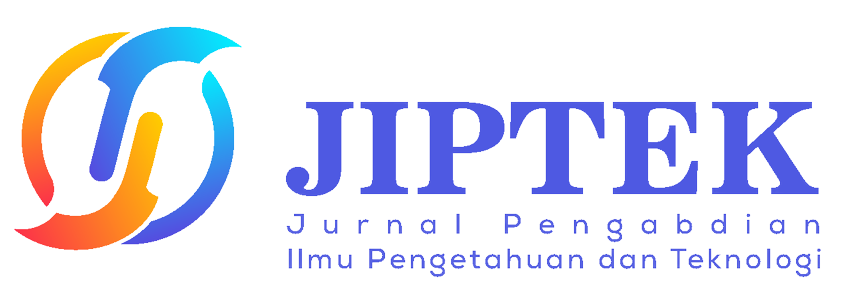AI Literacy for Young Learners: Engaging Muhibbah School Students in the Future of Technology
Isi Artikel Utama
Abstrak
Artificial intelligence (AI) is a set of technologies that allow computers to imitate human intelligence and perform complex tasks, such as (1) Understanding language (2) Analyzing data (3) Recognizing images (4) Writing (5) Making predictions. The presence of AI today cannot be avoided but must be wise in utilizing it in daily activities. This community service program is the first step in an effort to prepare the younger generation in Sarawak to be able to compete in the digital era. By collaborating with SK Mubibbah Sarawak, this service hopes to make a significant contribution to improving the quality of education in Indonesia and Malaysia in the border areas of the two countries through sharing Knowledge, especially the Padang State Polytechnic with I-Cats Malaysia and the University of Malaysia Sarawak (UNIMAS). The teaching method used in this activity is very interactive and fun. The learning process is carried out through interesting games and simulations, so that students can more easily understand the concept of AI without feeling burdened. Students are invited to actively participate and be directly involved in simple experiments that show how AI can be applied in everyday life. This program also shows the commitment of Padang State Polytechnic, Unimas and I-Cats Malaysia in expanding the role of higher education not only domestically but also internationally, especially in the field of technology which continues to develop rapidly
##plugins.themes.bootstrap3.displayStats.downloads##
Rincian Artikel

Artikel ini berlisensiCreative Commons Attribution-ShareAlike 4.0 International License.
Cara Mengutip
Referensi
. Siemens, G. (2004). Connectivism: Learning as network creation. International Journal of Instructional Technology and Distance Learning, 1(1), 3-6.
. Piaget, J. (1954). The construction of reality in the child. Basic Books.
. Long, D., & Magerko, B. (2020). What is AI literacy? Competencies and design considerations. Proceedings of the 2020 CHI Conference on Human Factors in Computing Systems.
. Trilling, B., & Fadel, C. (2009). 21st Century Skills: Learning for Life in Our Times. Jossey-Bass.
. Grover, S., & Pea, R. (2013). Computational thinking in K–12: A review of the state of the field. Educational Researcher, 42(1), 38–43.
. Piaget, J. (1952). The Origins of Intelligence in Children. International Universities Press.

